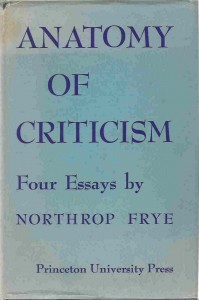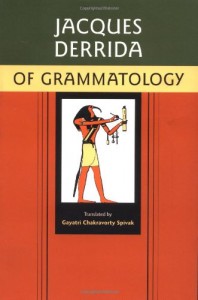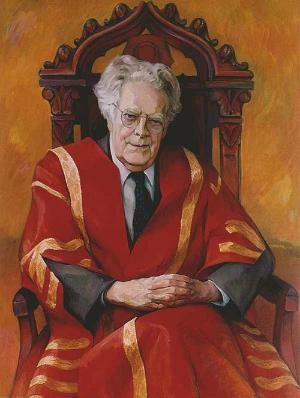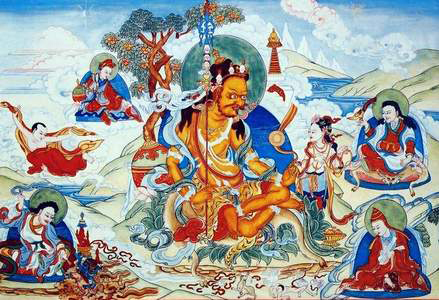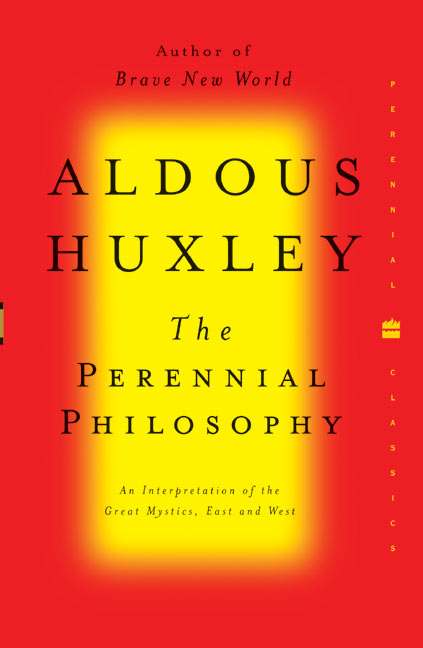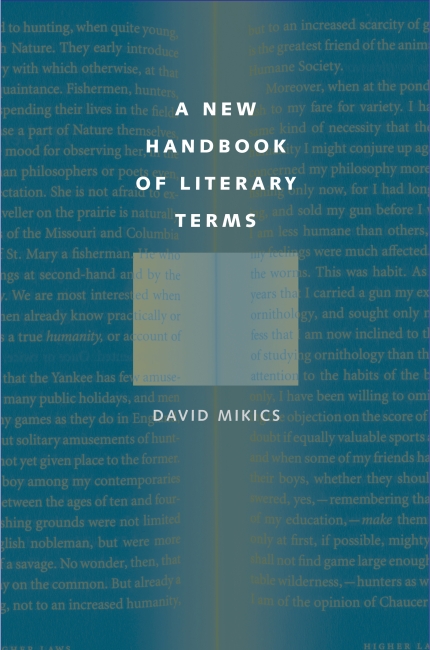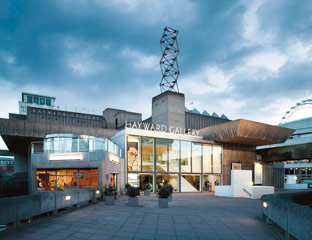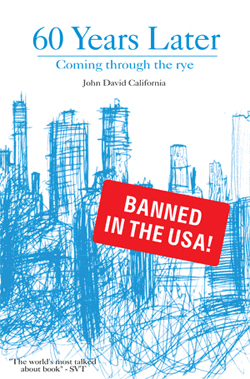Below is a letter I sent yesterday to University of Toronto President Naylor, with copies to both Dean Gertler and the provost, regarding the proposed closing of the Centre for Comparative Literature.
Dear President Naylor,
The discussion about the fate of comparative literature at the U of T might gain some measure of clarity from what Northrop Frye always emphasized, that cultural movements flourish when they are decentralized, unlike political and economic movements, which tend to centralize. When the study of culture is centralized, such as will occur if comparative literature is amalgamated into a unite‑and‑conquer proposal that brings the study of all languages and literatures together under one administrative umbrella, uniformity replaces unity and bondage supplants freedom. While the centralizing tendency may work in such social sciences as, say, Geography & Planning, it never works in the humanities. The centralizing movement erases identity. Dean Gertler has written about how the centralizing movement we call globalization should not trump the decentralized nation‑state, which remains a key space for organized labor (“Labour in ‘Lean’ Times: Geography, Scale, and National Trajectories of Workplace Change”). While the parallels between internationalism and an amorphous department of languages and literature, on the one hand, and local autonomy and a separate identity of comparative literature, on the other, are not exact, to pay tribute to the former in what Gertler calls “lean” economic times is surely short‑sighted.
As Frye has written, “to distinguish what is creative in a minority from what attempts to dominate, we have to distinguish between cultural issues, which are inherently decentralizing ones, and political and economic issues, which tend to centralization and hierarchy” (“National Consciousness and Canadian Culture”).
This past year I was an external reviewer for a dissertation by a Ph.D. student in Comparative Literature at the U of T. It was an exceptional piece of work, combining a number of disciplines––language, game theory, mathematics, critical theory, music, painting––into a genuine contribution to humanistic learning. It will be a depressing state of affairs if such extraordinary and mature scholarship is no longer permitted to flourish at the U of T. Everyone in the field, even those of us at a distance, knows what a distinguished program Comparative Literature at the U of T is. To consign to the dustbin an exemplary program founded by Canada’s greatest man of letters would be a travesty of the highest order, and it would cause those of us who see the U of T as a flagship university in both Canada and the rest of the world to lose faith.
Yours truly,
Robert Denham
John P. Fishwick Professor of English, Emeritus, Roanoke College

